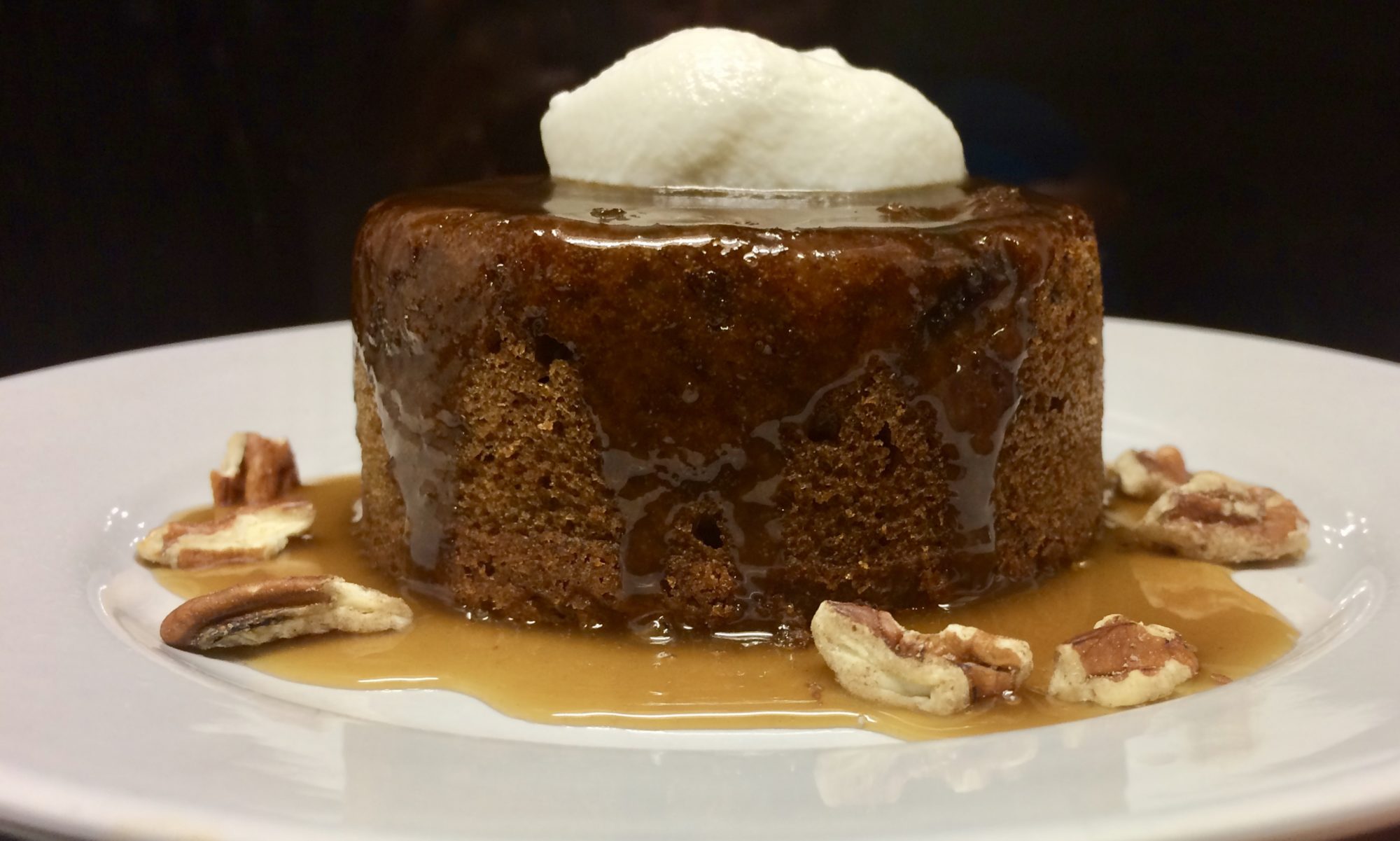If you have decided to bake on a regular basis to improve your skills, (and I hope you have!), stocking a baking station is essential so that you have all the basics you will need. That is not to say you will have every possible ingredient or tool, but there are certain items that appear over and over and having them on hand will make your baking much easier.
flours
The type of flour you keep in stock depends mainly on the type of baking you do most often. All of my basic flours are King Arthur products. They are of extremely high quality and have reliable results. They are also readily available. Whatever brands you choose, be sure you use them consistently. There are distinct variations between brands and each one will give you a different result.
All purpose flour is exactly what it says – a basic flour for all purposes. It makes good cakes (although not quite as tender as those made with cake flour) and also produces fine breads (but not quite as high and well structured as those containing bread flour).
Bread flour has a higher gluten content than all purpose flour and is used specifically to give breads a springy and open texture to the crumb.
Cake flour has a lower gluten content than all purpose flour and gives cakes and pastries their delicate and tender crumb rather than the springy, web-like structure of breads.
Those are the basic 3. If you never bake bread (what a shame!) then 2 will work most of the time for you. Likewise, if you are an avid bread baker and don’t care about cakes (again, what a shame!) then cake flour won’t be as necessary.
sugars
Granulated sugar, brown sugar, corn syrup, molasses, and honey are the 5 sugars I like to keep on hand for baking. These cover most sweetening situations and all do well in longer term storage when properly stored.
baking powder
Baking powder is a chemical leavening agent. Most baking powders are double acting which means that some leavening occurs when it gets wet and the rest of the leavening occurs when it is heated. Baking powder “goes bad” after a while meaning it loses its ability to make your products rise. To test if your baking powder is still fresh, mix a little bit with some water. If it bubbles up, it’s just fine. Buy a small container of baking powder and mark it with the date you open it.
baking soda
Baking soda is a base (the opposite of an acid) that works by being mixed with something acidic. Items that use baking soda as leavening need to have an acidic ingredient such as yogurt, sour cream, or buttermilk to make the reaction occur.
cornstarch
Cornstarch is used as a thickener — a must for puddings, certain sauces, and some cookies and cakes.
kosher salt
I prefer Diamond Crystal kosher salt. I like the texture, the flavor, and the way it dissolves. This, like eggs, is one of the ingredients that is far better weighed (so get a scale!) There can be wide variations between brands of salt. Even different kosher salts have variations.
eggs
I consistently use large eggs in my recipes (but I still weigh them!). If you can manage, buy responsibly raised eggs. If you are fortunate to live near a farm, that’s an excellent option.
heavy cream
Heavy cream is a must for ice creams, mousses, fillings and much more. Try to find non UHT (ultra high temperature pasteurized) cream. Your best bet? The farmers market or food co-op.
whole milk
Whole milk is the best option for baking. The fat of whole milk helps give a smooth and delicate texture to baked goods and helps them retain moisture.
spices
Cinnamon, nutmeg, allspice, cloves, and ginger are the big 5 for baking. Start here and let your spice pantry grow as your baking does! Be sure to buy small quantities so you always have fresh, pungent spices to use.
vanilla
I love Nielsen-Massey vanilla products and use them almost exclusively. (Check out the resources page). They have extract, vanilla bean paste, and whole beans as well as high quality flavored extracts and waters.
butter
All the recipes I post assume you are using unsalted butter and, if not, you will need to adjust the amount of salt in the recipe by deleting all or most of it. Buy good quality butter and you will be very happy with the flavor and texture of your baked goods. (Shortening isn’t on this list because I don’t use it — ever.)
yeast
All the recipes here use active dry yeast because it is most readily available and easy to store. Just make sure you use by the freshness date on the package. Yeast is a living organism and will not be good indefinitely.
oil
Choose a light, flavorless oil for your baking. I like grape seed oil for just these reasons.
chocolate
This ingredient deserves an entire post of its own (and it will receive one or more in the future!). For now, unsweetened, bittersweet, milk, chips and cocoa of good quality are the way to go.
dried fruits
Choose the dried fruits you like — raisins, cranberries, dates, figs. Make sure they are soft and fresh and store them air tight so they stay that way! Also, try to avoid dried fruit processed with sulfites as some people have allergic reactions.
nuts
Once again, use the nuts you like and buy small quantities so that they stay fresh. The oils in some nuts go rancid quite easily and will give an unpleasant taste.
Once you have these basics covered, your baking station becomes more about your personal preferences. More spices, specialty flours — as your skills grow, so will your pantry!
Stay tuned for part 2 of this post – Stocking A Baking Station: Equipment.




